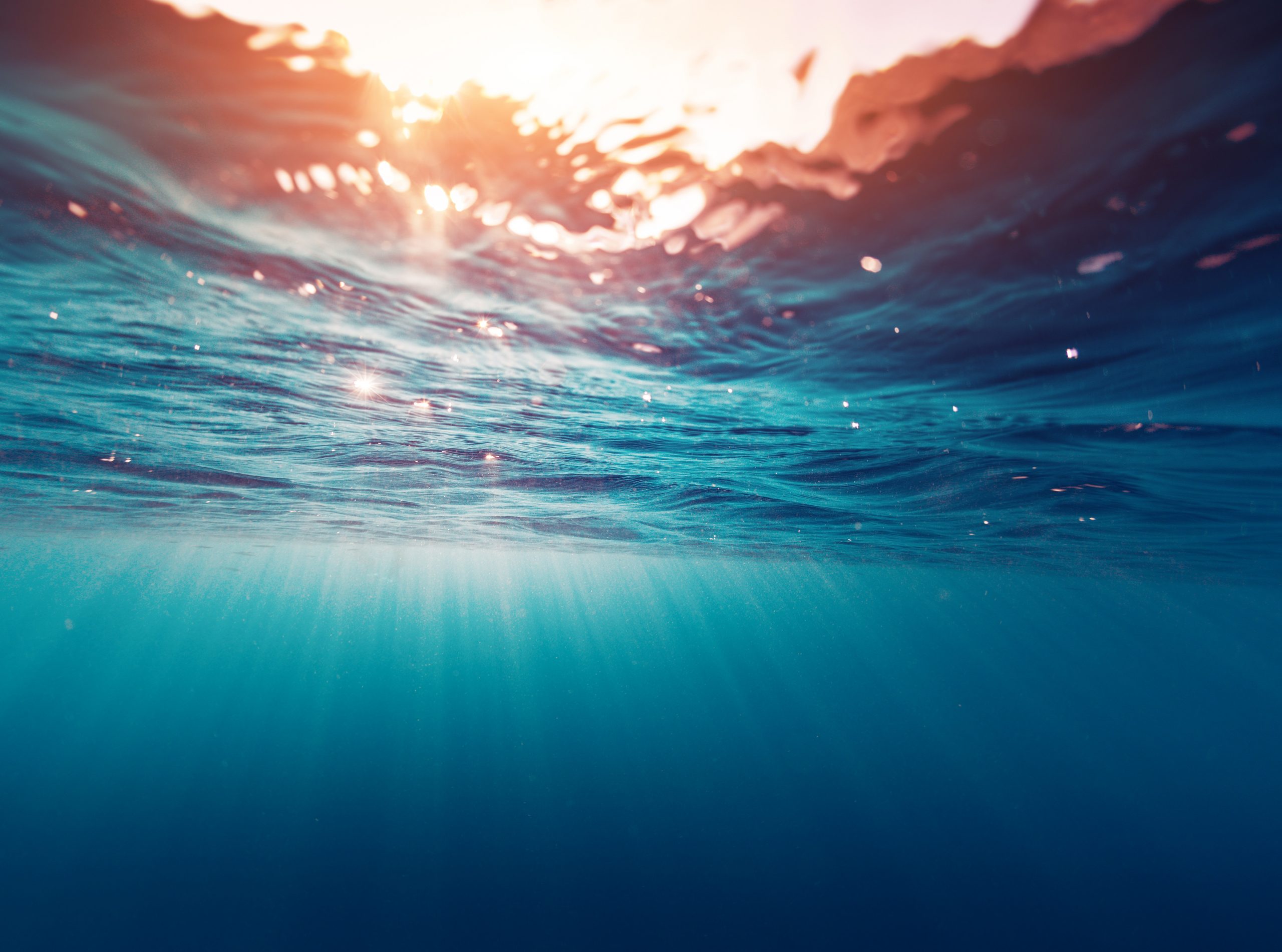About TEAMIOB
Team IOB was created to enter Elon Musk’s Carbon Capture contest to effectively publicize my idea for desalinating ocean water. The idea is based on my work experience, knowledge of related processes already employed in industry and the realization of naturally existing adjacent energy contrasts widespread in earth’s oceans. The genesis of the proposal back in 2013 was only about an idea to create fresh water. I was not thinking about carbon and its possibilities of having a significant impact on global temperatures. Because the actual proposal is about a superior economic way of producing fresh water, a sustainable revenue stream is possible. Carbon capture then becomes a paid for biproduct of the water process. It was Elon Musk’s Xprize contest that turned on a light in my mind that the IOB idea would have a globally significant impact on reducing atmospheric carbon if implemented at earths regions where both the best likelihood of process success and humankind’s greatest water needs exist.
Create Awareness
We want to create awareness regarding alternative for creating drinkable water.
Organize
Create an organization that encourages members to “Think Outside the Box.
Document
Validate and document the process such that both experts in the field see the validity in further pursuit and the non-expert public would be enthused with the projects progress.

Vacuum Enhanced Desalination
Depressurize Ocean water.
Ocean salt water is drawn into an evacuated chamber. The pressure in the chamber is lowered to approximately 1 psi (~70 millibars) utilizing the floating platform's photovoltaic (solar) energy and the platform's wind energy generators to power rotary vane vacuum pumps. At this pressure, water boils at about 60 degrees Fahrenheit, (~15 C) Note the vacuum is initiated by the pumps. Once the vacuum is obtained, vacuum pump energy requirements drop drastically. The vacuum is largely maintained by condensing a nearly pure water vapor atmosphere back into liquid water. (The vacuum pumps only have to remove the incondensable gases. Mostly nitrogen and oxygen)
Heat the depressurized water
Heat the depressurized water with solar energy collected from a thermal transfer coolant. This fluid is circulated underneath the photovoltaic cells to both collect solar heat energy and to increase the solar cell efficiency and service life by cooling them. The fluid is then circulated to a fluid to fluid heat exchanger within the evacuated chamber. This occurs in a boiler section of the evacuated chamber. Approximately 25% of the solar energy contacting a photovoltaic cell is converted to electrical energy. This energy is utilized for fluid pumping requirements. The remaining 75% of that solar energy is utilized to heat the thermal transfer fluid. That heat is transferred to the ocean water in the evacuated chamber boiler. In my experiments with a crude solar collector I was easily able to heat my coolant fluid to 140 F (60 C). Within the evacuated chamber, the ocean water could reach a temperature well above 60F (15C). But because the boiling point of water within the chamber boiler is 60F (15C) all water within this evacuated environment above that temperature has boiled into the gas known as water vapor. Ocean salts cannot boil so this boiling is the point where the water is separated from the salts. The remaining brine is pumped back to the open sea in a distributed manner to mitigate concerns of concentrated salinities,
Condense the water vapor
These platforms are located above deep ocean water. Worldwide, oceanic water at 3000 foot (1000 meter) depths are approximately 37 F (3C) This inexhaustible supply of cold water represents the true economic opportunity of this system as it is absent of otherwise very considerable refrigeration costs. Through deep ocean heat exchangers 1000 meters below the platform, a coolant can be circulated to the surface platform to cool a heat exchanger / condenser within the evacuated chamber. The water temperature differential obtainable when contrasting the top side solar energy against the deep side ocean thermal heat sink likely represents a 40 to 50 C superheat opportunity within the evacuated chamber. This more than duplicates conditions within steam turbine condensers at any electrical powerplant in which massive amounts of steam are converted back into liquid water. Utilizing electrical power produced as described at Step 1, this water can then be pumped to shore to supplement humankinds fresh water needs.
We need your help!
The TeamIOB process will not be successful unless others, maybe yourself, become part of the team. I don’t know your dreams. So please read my dreams to understand why I am inspired. Maybe you can have similar dreams that would reward your skills if a member of TeamIOB.


